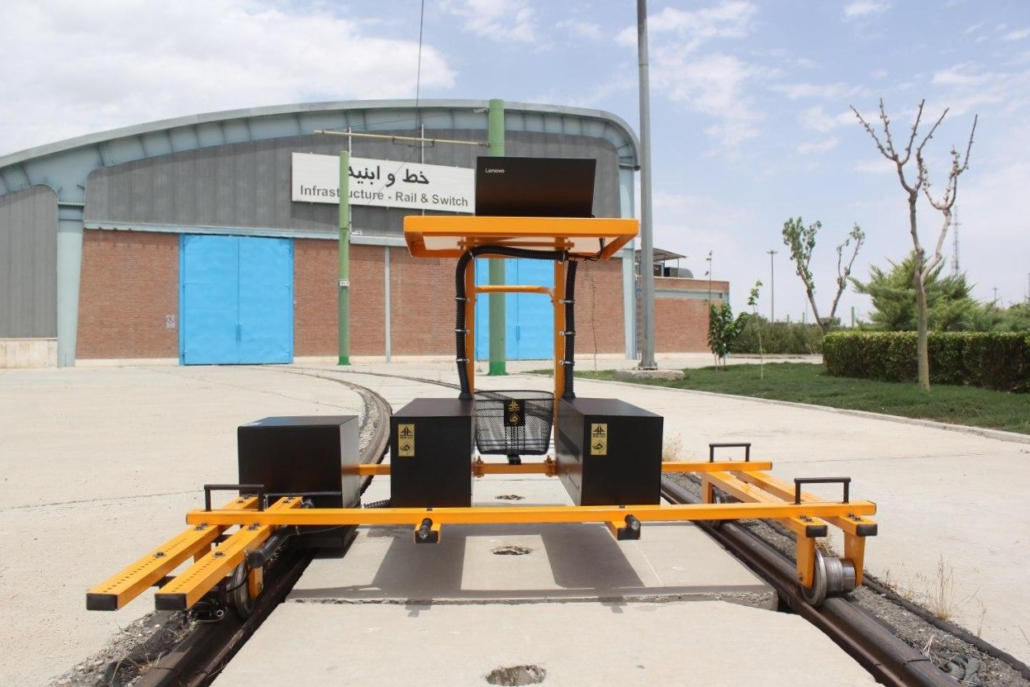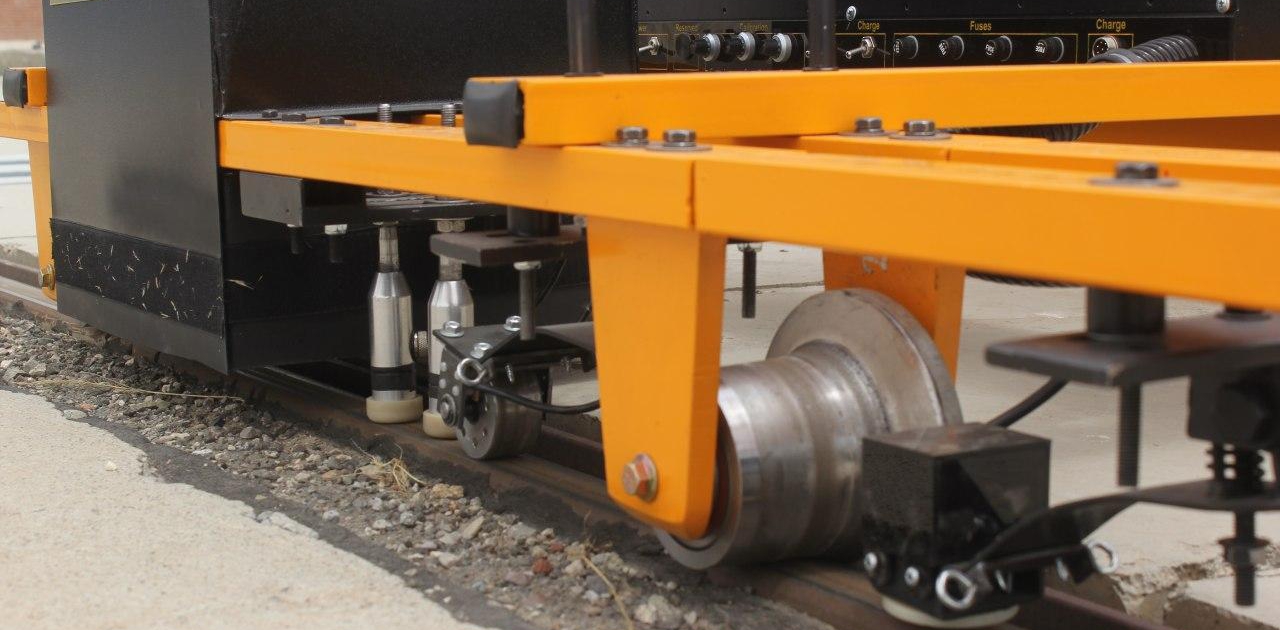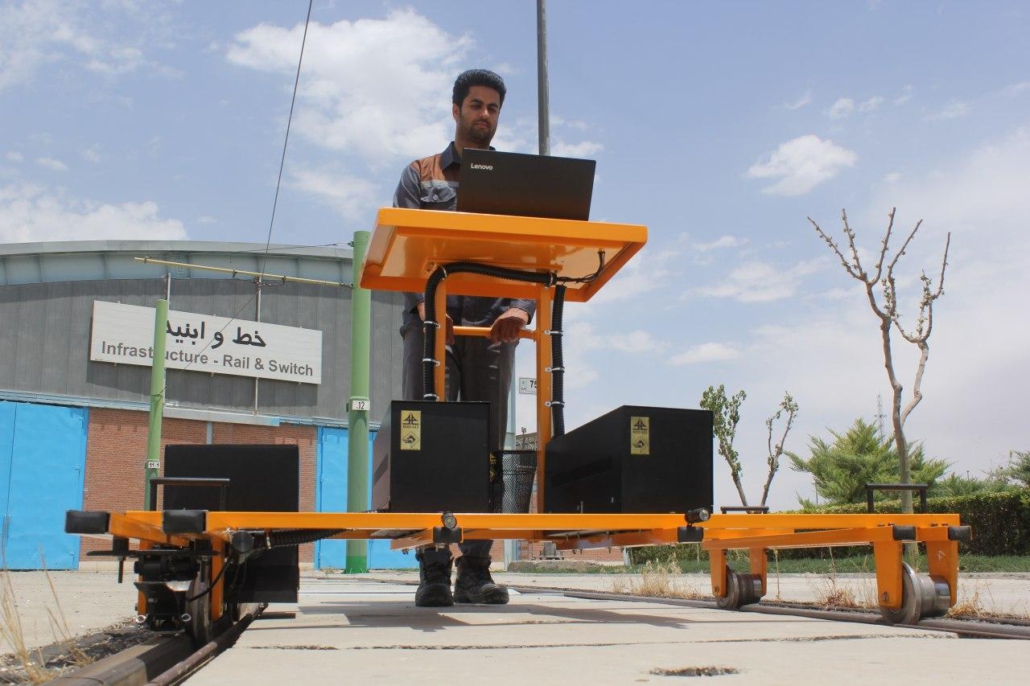RDD-S11 is a device that could be easily used to simultaneously detect three common surface defects on the rails; including: corrugations, rolling contact fatigue (RCF) cracks and wears.
Rail corrugation is a type of periodic wear caused by the friction between the train wheels and the rail over the time and can become exponentially worse and is usually described with its wavelength and depth. Corrugations can reduce the quality of service and decrease the service life of rails. Rail grinding could be enough for resolving the small corrugations; however, sometimes replacement of the track is necessary.
Rolling contact fatigue (RCF) crack is a type of defect that can be seen on and inside the rails. Overstressing the rail by a large number of tough wheel-rail contact cycles may cause RCF cracks which can cause many catastrophic results. Therefore, it is crucial to detect RCF cracks soon.
Rail wear is the deformation of the rail due to the heavy load or friction and has two types. Side wear occurs at the side of the rail head caused by the train wheels and makes the profile of the rail change. In the vertical wear, the top of rail head is damaged and worn out in the upright direction.
RDD-S11 is a trolley equipped with three different sets of sensors, each for one single defect described before and it is moved by an operator on the rail.
An accelerometer-based sensor is utilized to detect the corrugation and two adjacent eddy current probes to detect RCF cracks. In order to detect and measure the side and vertical wears an optical system consisting of a linear laser and a camera is used. Applying some image processing techniques on the images taken from the rail illuminated by the linear laser and an artificial neural network, some important parameters of wears are estimated.
RDD-S11 Main Features
- Detection of three common surface rail defects at the same time
- Differentially scanning track surface for RCF cracks with two different eddy current probes
- Using an accelerometer-based sensor to measure the corrugation
- A multi-stage image processing algorithm and a Generalized Regression Neural Network (GRNN) for effectively estimating some important parameters of wears
- Possibility of being used in all types of railway tracks (including: UIC54, UIC60, S49 and RI59 rails)
RDD-S11 …
- can greatly improve the detection efficiency of surface rail defects.
- can detect three types of defects (including: corrugation, RCF crack and two types of wear) with just one single scan.
- gives quantitative and qualitative information about the defects.
- has a novel and reasonable design and convenient operation.
- has a low cost of manufacture.
- is easy to use.
RDD-S11’s Software …
- is very user-friendly with pretty interface.
- gives different online and offline standard reports.
- remotely reports results.
- can give instant alarms.
- shows and stores the data.
- uses advance image processing and artificial intelligence techniques.





